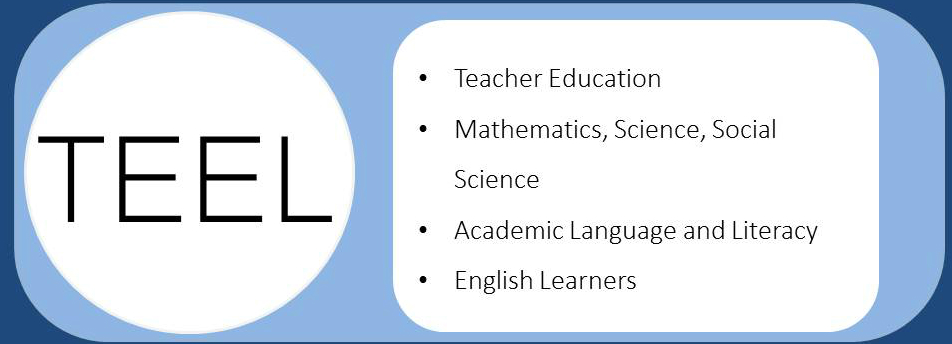SSTELLA Rubric
|
Not present (Rule based, inflexible) |
Introducing (globaal understanding) |
Implementing (organized plan) |
Elaborating (Flexible, responsive to context) |
Scientific Sense-making (SS) (Ash, 2002; 2004; Warren et al., 2001; Windschitl et al., 2012) |
|||
| Limited sense-making (recall science concepts; no “big idea”) | Incorporates some S&E practices, but heavily T led; implicit “big idea” | Incorporates S&E practices through scaffolded, open-ended inquiry; explicit “big idea” | Development and use of scientific models w/ scaffolding, feedback, and reflection on learning goals |
Scientific Discourse (SD) (Cazden, 1988; Driver et al., 2000; Warren et al., 2001) |
|||
| Limited student talk and scientific discourse | Student talk and scientific discourse w/o probing and support | Student talk and scientific discourse w/ probing and scaffolding | Collaborative student talk and scientific discourse w/ probing, scaffolding, and feedback |
English Language and Literacy Development (LL) (Pearson et al., 2010; Stoddart et al., 2002) |
|||
| Limited vocabulary and literacy in science | Inauthentic instruction on vocabulary and literacy in science | Authentic use of vocabulary and literacy in science w/ scaffolding | Authentic use of vocabulary and literacy in science w/ scaffolding and feedback |
Contextualized Science Activity (CX) (Aikenhead et al., 2006; Moll et al., 1992; Zeidler et al., 2005). |
|||
| Limited contextualized science activity | Momentarily relates activities to students’ home/culture or local/ global environment | Makes clear connections between activities and students’ home/culture or local/global environment | Makes sustained connections between activities and students’ home/culture or local/ global environment |
